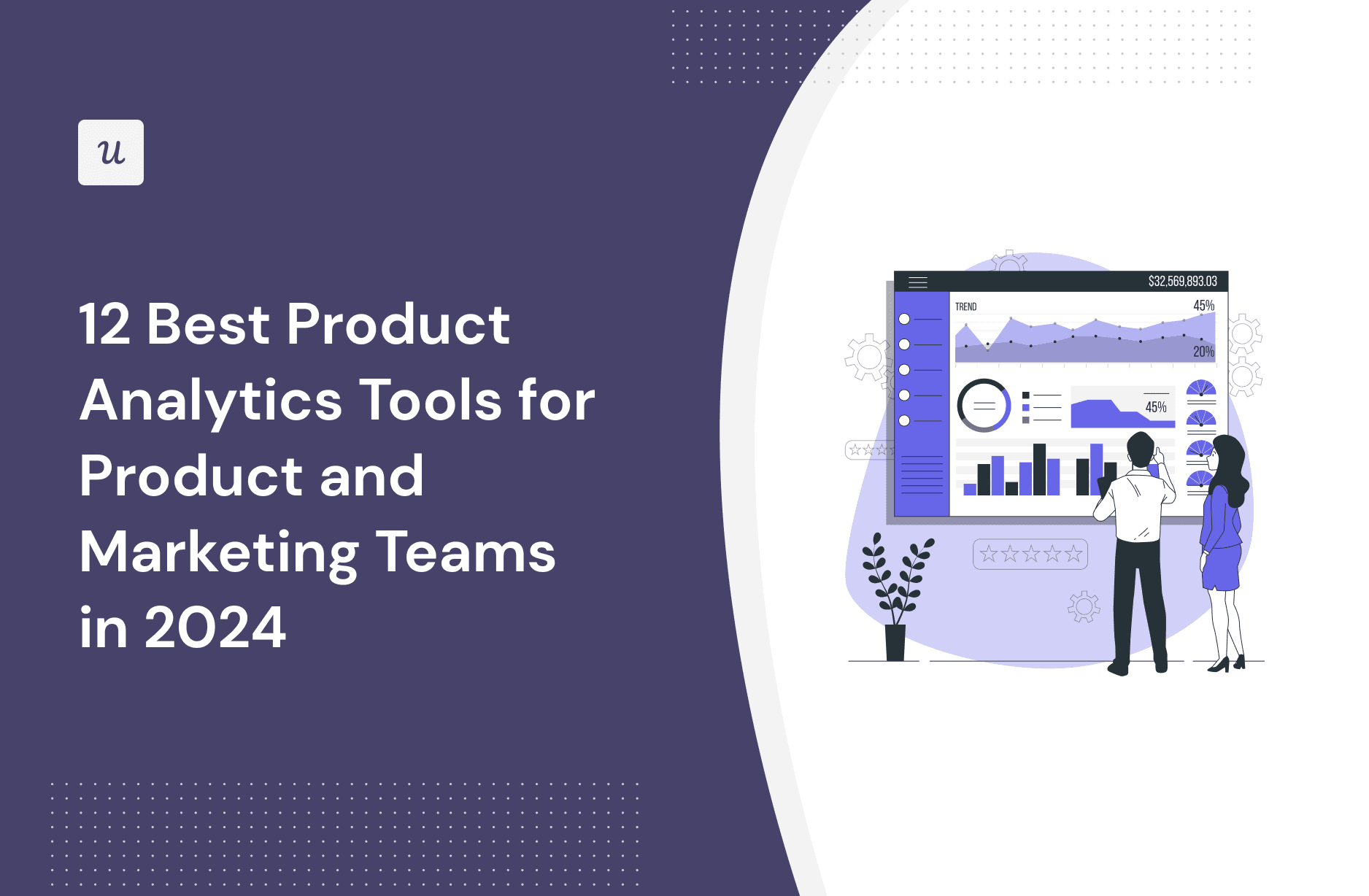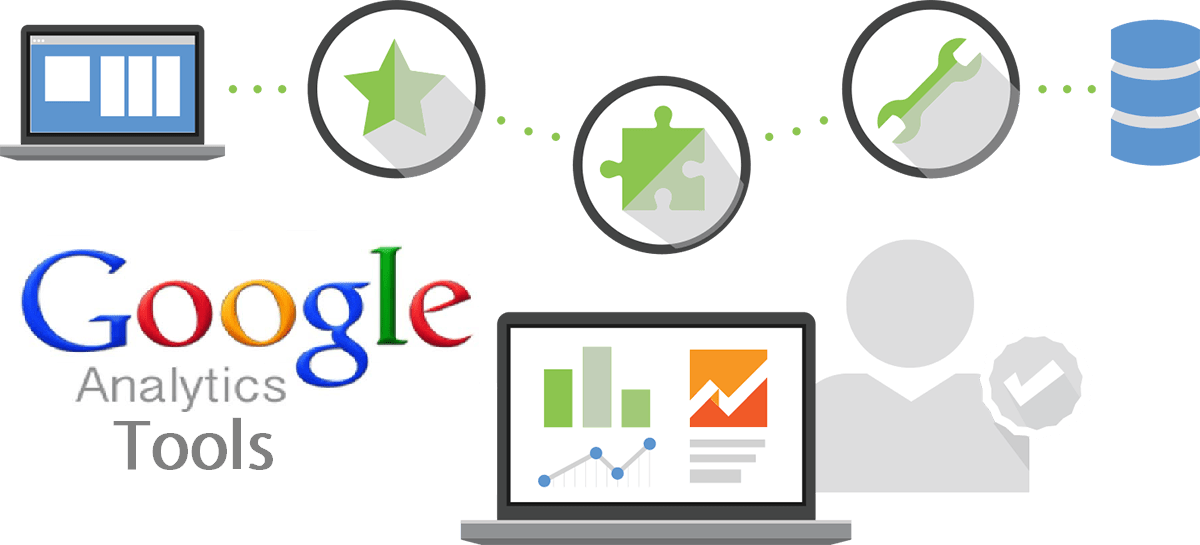Increase Efficiency and Profitability Via Data Analytics
In today's data-driven landscape, organizations are significantly recognizing the essential function of information analytics in improving functional efficiency and earnings. By systematically evaluating information, companies can reveal vital insights that inform strategic choices, streamline procedures, and dressmaker customer experiences (Analytics). However, the challenge exists not just in the implementation of these logical tools but also in comprehending how to translate information into actionable outcomes. As we check out the nuances of effective data-driven methods, the implications for both short-term gains and long-lasting success become increasingly clear. What might these understandings disclose for your organization?
Comprehending Information Analytics
In today's data-driven landscape, understanding information analytics is vital for companies intending to improve functional performance and drive earnings. Data analytics involves the methodical computational analysis of information sets to reveal patterns, connections, and understandings that educate decision-making. By employing different strategies, such as analytical evaluation, artificial intelligence, and anticipating modeling, organizations can change raw data into actionable knowledge.
The procedure generally begins with information collection, where pertinent details is gathered from several resources, consisting of transactional databases, customer communications, and market patterns. This data is then cleaned up and organized to make sure precision and uniformity. When the data is prepared, logical devices and software are used to explore and picture the info, enabling stakeholders to identify abnormalities and trends.
Eventually, recognizing information analytics equips organizations to make informed choices based upon empirical evidence as opposed to instinct. It helps with targeted methods that can enhance resource allocation, improve consumer contentment, and boost total efficiency. As companies increasingly recognize the worth of data-driven insights, a strong grip of information analytics becomes a crucial proficiency for leaders and groups alike, placing them for sustained success in an affordable atmosphere.

Trick Benefits for Businesses
Organizations that take advantage of data analytics can unlock a multitude of benefits that considerably enhance their procedures and profitability. Among the main advantages is enhanced decision-making. Information analytics supplies actionable insights originated from real-time data, allowing services to make enlightened options that straighten with market demands and customer choices.

In addition, information analytics cultivates enhanced consumer experiences. By comprehending consumer actions and choices, organizations can customize their offerings, bring about increased fulfillment and commitment. This tailored strategy commonly results in higher conversion prices and repeat business.
Additionally, data analytics makes it possible for services to determine emerging trends and opportunities. By remaining ahead of the curve, companies can profit from brand-new markets and innovations prior to their rivals.
Executing Data-Driven Methods
Successful execution of data-driven approaches calls for a detailed understanding of both business goals and available data resources. Organizations must initially specify their objectives plainly, guaranteeing positioning between data campaigns and critical aims. This clarity makes it possible for teams to concentrate on pertinent metrics and understandings that drive decision-making.
High-quality data is vital for exact evaluation, as bad data can lead to misguided methods and squandered resources - Analytics. Organizations should develop processes for data collection, cleansing, and management to keep data honesty.
Moreover, cultivating a data-driven culture is essential. Workers in any way levels should be encouraged to leverage information in their everyday procedures. Training workshops and programs can enhance information proficiency, equipping team to make enlightened decisions based on logical insights.
Devices and Technologies Overview
A robust collection of technologies and devices is necessary for organizations intending to harness the full potential of information analytics. These devices help with the collection, handling, and visualization of data, enabling organizations to derive workable insights.
At the foundational degree, information monitoring platforms such as SQL databases and NoSQL systems give effective information storage and access capacities. For information processing and evaluation, programs languages like Python and R, in addition to frameworks such as Apache Glow, make it possible for complex calculations and device discovering applications.
Visualization tools, consisting of Tableau and Power BI, transform raw information right into instinctive graphical formats, making understandings available to stakeholders whatsoever degrees. In addition, cloud-based platforms like Google Cloud and AWS use scalable storage space and processing options, fitting the growing quantities of data companies experience.
For innovative analytics, predictive modeling and AI-driven remedies are progressively adopted, allowing firms to forecast patterns and boost decision-making procedures. Integrating these devices right into existing operations is paramount; find more companies that successfully utilize this innovation can considerably boost functional performance and drive earnings. Therefore, purchasing the right tools and modern technologies is a calculated imperative for any data-driven organization.
Instance Studies of Success
Leveraging data analytics has actually led various companies to attain remarkable enhancements in performance and earnings. One significant situation is a big retail chain that implemented predictive analytics to enhance inventory monitoring. By assessing historic sales information and consumer patterns, the company reduced excess supply by 30%, bring about substantial expense savings and improved capital.
An additional example can be found in the manufacturing market, where a leading automobile producer made use of information analytics to improve its manufacturing procedures. By keeping an eye on equipment efficiency in real-time, the organization recognized inefficiencies and bottlenecks, causing a 20% increase in general tools effectiveness (OEE) This not only increased production prices yet additionally lessened downtime and upkeep costs.

These study show just how data analytics can drive tactical decision-making, enhance procedures, and eventually improve both performance and earnings throughout various sectors.
Final Thought
To conclude, the assimilation of information analytics into company procedures offers significant chances for enhancing efficiency and success. By methodically assessing data, companies can identify ineffectiveness, optimize customer experiences, and make informed choices. The adoption of anticipating modeling and real-time tracking better allows organizations to remain in advance of emerging patterns and assign sources efficiently. Inevitably, the strategic application of data-driven methodologies cultivates sustained affordable advantages and drives substantial improvements in functional performance and financial results. go to this website
In today's data-driven landscape, recognizing information analytics is important for organizations aiming to boost operational performance and drive productivity. Data analytics includes the systematic computational analysis of data collections to uncover patterns, connections, and insights that inform decision-making. Information analytics provides actionable insights derived from real-time data, enabling businesses to make educated choices that line up with market demands and consumer preferences.
Top quality information is essential for precise evaluation, as bad information can lead to misguided techniques and thrown away sources. Organizations should establish processes for data collection, cleaning, and monitoring to maintain data integrity.